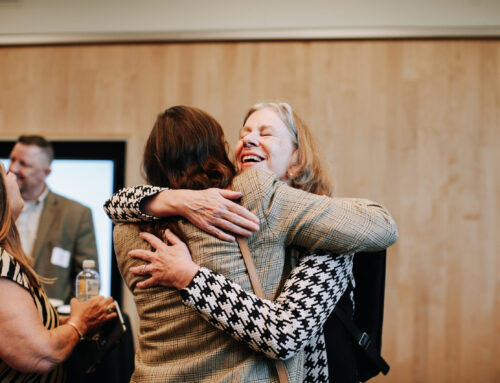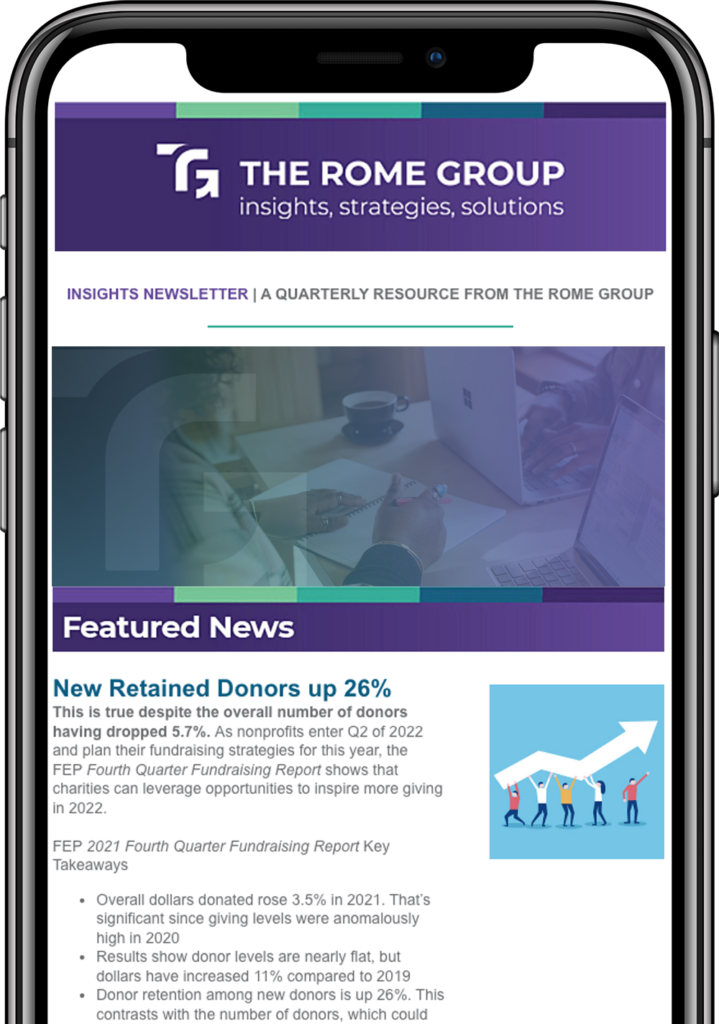“Mama always said life was like a box of chocolates. You never know what you’re gonna
get.”
Forrest Gump, with this iconic line in the very first scene of the movie, had us hooked. Nearly
30 years later, I think about how this story impacted society and made a lasting impression on
so many of us!
A good story is memorable. It catches your attention and engages you, entertains you, moves
you. It often teaches you something, perhaps it strengthens or challenges your perspective. A
good story can be transformative.
Philanthropic gift and grant writing is a unique form of storytelling. An effective and compelling
proposal tells a story about your organization and your project in a way that resonates and
connects with your audience so that they are moved to take action and support your cause.
This takes some thoughtful planning.
Are you prepared to tell your story well?
In the spirit of storytelling, I thought it would be fun to draw from iconic movie quotes over the
past 100 years (try to guess the movies!) to frame some thoughts about how to better connect
with, engage, and move your audience.
“You talking to me?”
Do your research. Know your audience. If possible, personally connect with those who are
making the decision about whether to fund your proposal. What are their interests? What do
they really care about?
Tailor your message to resonate with and move this specific audience. Articulate the alignment
between your organization’s mission or project and the funder’s interests in key places,
particularly the cover letter, introduction, and conclusion.
“You had me at ‘hello.’”
Grab the reader’s attention at the very beginning. Draw them in with something that makes
them want to know more. Highlight up front what you are going to do, who is going to benefit,
and why they should care.
“What we’ve got here is a failure to communicate.”
Your story has a beginning (the problem or opportunity), a middle (your solution), and an end
(your outcomes). Sometimes funders can get lost in reading proposals that lack structure and
do not communicate ideas clearly. Take the time to plan, organize, and convey your message.
“If you build it, they will come.”
Present a clear and solid plan for how your organization will achieve what you propose to
create, to build, or to improve. Convey that you have a solid understanding of your
beneficiaries’ needs and a thoughtful plan to address them. A well-developed plan builds
confidence that your organization will bring the idea to fruition, achieve the intended impact,
and responsibly steward the donor’s funding.
“Nobody puts Baby in a corner.”
Your organization and the good work you do in the community deserve to shine! Thoughtfully
share your accomplishments. What makes your organization’s work important, timely, unique,
and deserving of funding?
“Carpe diem. Seize the day, boys. Make your lives extraordinary.”
Demonstrate that your organization and your project will make an extraordinary impact on the
lives of others. Share past outcomes and be specific about anticipated outcomes. Combining
data with personal stories is powerful.
“Show me the money!”
The project budget is another opportunity to tell your story. Make sure you are telling the same
story. The plans you present in your proposal, and what you are asking the funder to support,
should be reflected in your budget.
“I’m going to make him an offer he can’t refuse.”
Finish your story with a strong ending. You are essentially asking the funder to be the hero of
this story, the hero whose gift will help your organization meet an urgent need, overcome a
challenge, and change lives. This is a wonderful time to reiterate how the funder’s interests
align with your mission and your project, and how their gift will make a meaningful impact on
those you serve.
If you’ve done your research and cultivation well, you likely have a sense for what will motivate
this person or organization to give. Tailor your request to make it personal and compelling to
the receiver.
“Louis, I think this is the beginning of a beautiful friendship.”
Your story doesn’t end with the proposal or even the first gift or grant. Continue to engage your
donor, tell your evolving story, and share how your donor’s philanthropy is making a difference.
This can and should be the beginning of a beautiful friendship.







